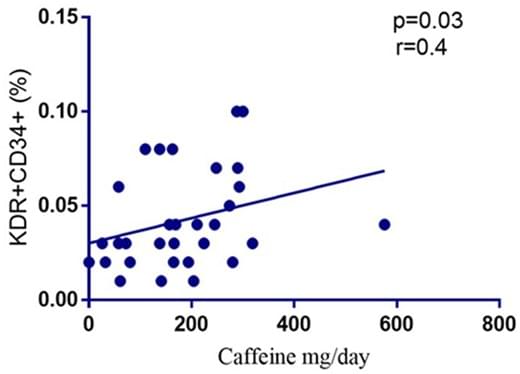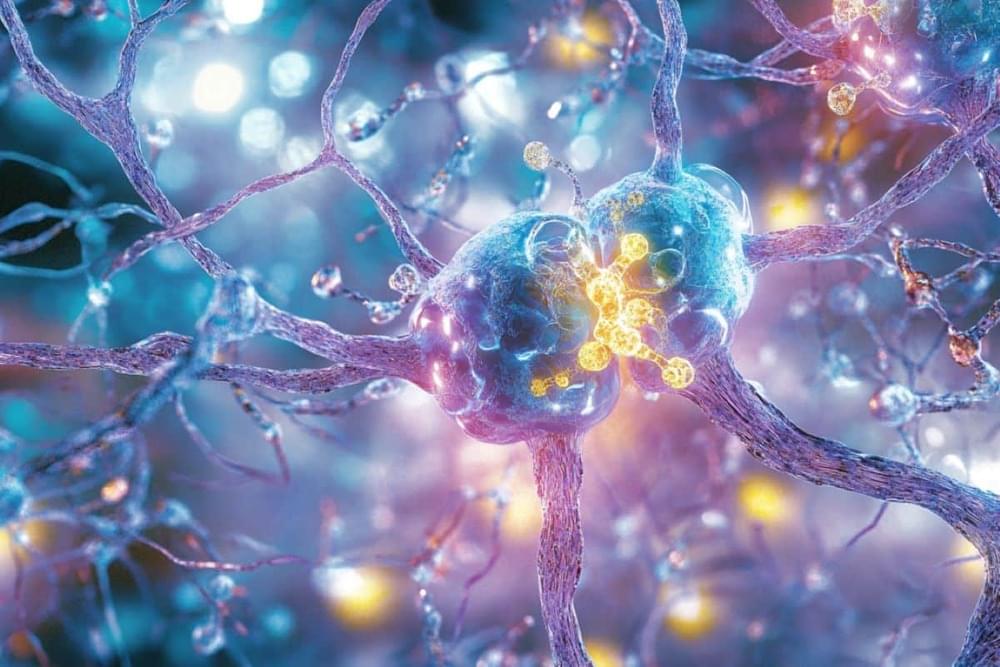Gen AI models aren’t just good for creating pictures—they can be fine-tuned to generate useful robot training data, too.



A distinguished mathematics professor at Rutgers, has resolved two critical problems in mathematics that have puzzled experts for decades.
He tackled the 1955 Height Zero Conjecture and made significant advancements in the Deligne-Lusztig theory, enhancing theoretical applications in several sciences.
A Rutgers University-New Brunswick professor, dedicated to unraveling the mysteries of higher mathematics, has resolved two separate, fundamental problems that have baffled mathematicians for decades.

Researchers from the Sapienza University of Rome found that caffeine has a positive effect on endothelial cells, a group of cells responsible for vascular regeneration.
We studied the role of caffeine intake on endothelial function in SLE by assessing its effect on circulating endothelial progenitor cells (EPCs) both ex vivo in SLE patients and in vitro in healthy donors (HD) treated with SLE sera.
Methods.
We enrolled SLE patients without traditional cardiovascular risks factors. Caffeine intake was evaluated with a 7-day food frequency questionnaire. EPCs percentage was assessed by flow cytometry analysis and, subsequently, EPCs pooled from six HD were co-cultured with caffeine with and without SLE sera. After 7 days, we evaluated cells’ morphology and ability to form colonies, the percentage of apoptotic cells by flow cytometry analysis and the levels of autophagy and apoptotic markers by western blot. Finally, we performed a western blot analysis to assess the A2AR/SIRT3/AMPK pathway.

Summary: Researchers have identified a protein complex, TrkC-PTPσ, that plays a key role in the structural organization of synapses in the brain, impacting cognitive behaviors. By studying this complex, scientists uncovered how it regulates synaptic protein phosphorylation, essential for healthy brain function. Disruptions in this protein complex led to anxiety-like behaviors in mice, providing insights into mental health conditions like anxiety and autism.
The study sheds light on synaptic mechanisms that could help develop new therapeutic strategies. These findings advance our understanding of synapse function and its role in cognitive disorders, bringing hope for targeted treatment options in the future.




Researchers at the Quantum Machines Unit at the Okinawa Institute of Science and Technology (OIST) are studying levitating materials – substances that can remain suspended in a stable position without any physical contact or mechanical support. The most common type of levitation occurs through magnetic fields. Objects such as superconductors or diamagnetic materials (materials repelled by a magnetic field) can be made to float above magnets to develop advanced sensors for various scientific and everyday uses.
Prof. Jason Twamley, head of the unit, and his team of OIST researchers and international collaborators, have designed a floating platform within a vacuum using graphite and magnets. Remarkably, this levitating platform operates without relying on external power sources and can assist in the development of ultra-sensitive sensors for highly precise and efficient measurements. Their results have been published in the journal Applied Physics Letters.
When an external magnetic field is applied to diamagnetic materials, these materials generate a magnetic field in the opposite direction, resulting in a repulsive force – they push away from the field. Therefore, objects made of diamagnetic materials can float above strong magnetic fields. For instance, in maglev trains, powerful superconducting magnets create a strong magnetic field with diamagnetic materials to achieve levitation, seemingly defying gravity.

Dark Stars Could Explain Dark Matter and Fast Radio Bursts, Challenging Our Understanding of Black Holes
A theory suggests that black holes, rather than being empty voids in space, might actually be “dark stars” filled with incredibly dense and exotic matter. This concept could provide new insights into two of the universe’s greatest mysteries: the nature of black holes and the elusive dark matter.
Black holes, as understood through Albert Einstein’s general theory of relativity, are regions in space where matter is so compact that it warps space-time, creating a gravitational pull so intense that even light cannot escape. The center of a black hole is believed to contain a singularity, an infinitely small and dense point where gravity becomes infinitely strong. This singularity is surrounded by an event horizon, a boundary beyond which light and matter cannot escape.
Although intracranial atherosclerotic disease (ICAD) is a known risk factor for cerebrovascular ischemic events, its potential role in dementia risk remains unclear. The Atherosclerosis Risk in Communities (ARIC) study was a prospective cohort study that recruited participants from four U.S. communities. From 2011 to 2013, a subset comprising 1,590 participants (mean age, 77; 40% men; 28% Black) underwent ICAD evaluation and neurocognitive testing to ascertain the prospective association of ICAD with dementia risk, independent of other known cardiovascular risk factors. ICAD was diagnosed based on focal-wall thickness on brain MRI, with or without luminal stenosis on magnetic resonance angiography (MRA).
During a median follow-up of 5.6 years, 286 cases of incident dementia were observed. After adjustment for established dementia risk factors, including cardiovascular risk factors, patients with ICAD (regardless of luminal stenosis) had an independently higher risk for incident dementia than those without ICAD (HR, 1.57; 95% CI, 1.17–2.11). The presence of stenosis 50% on MRA was associated with even higher risk (HR, 1.89; 95% CI, 1.29–2.78). An important limitation was the investigators’ inability to determine dementia subtypes.
This prospective trial adds further observational evidence that ICAD is independently associated with dementia. Furthermore, this study provides evidence that earlier stages of atherosclerosis (i.e., involvement of the arterial wall without luminal narrowing) are also associated with increased risk. While the pathophysiology of this association has yet to be elucidated, I will counsel my patients with ICAD about this association and will strongly recommend proven management strategies (e.g., smoking cessation, lipid lowering) to mitigate vascular disease progression, given the higher risk of dementia in those with luminal disease.